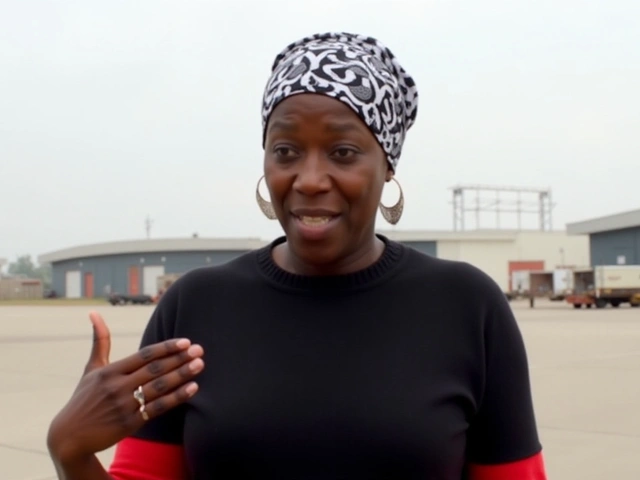India Defends ICC U19 Women's T20 World Cup Title with 9-Wicket Win over South Africa
Sep 26 2025
If you’re curious about the Black Hawk helicopter, you’ve come to the right spot. This page pulls together the most useful facts, recent stories, and practical info about the aircraft that powers many military and humanitarian missions.
The Black Hawk (officially the Sikorsky UH‑60) first flew in 1974 and has been a workhorse for the U.S. Army ever since. Its twin‑engine design gives it a high safety margin – you can keep flying even if one engine quits. The cabin can hold up to 11 troops, stretchers, or cargo, making it flexible for combat, rescue, and disaster relief.
Key features that set the Black Hawk apart include a rugged airframe, a quick‑changing rotor system, and a digital flight control suite that reduces pilot workload. The latest models, like the UH‑60M, have upgraded avionics, more powerful engines, and a longer range. Those upgrades let the aircraft operate in hot, high‑altitude environments often found in African theaters.
Maintenance is also a strong point. The helicopter’s design allows crews to swap out parts in the field, keeping downtime low. That reliability is why many African nations and NGOs choose the Black Hawk for joint exercises and humanitarian missions.
In the past year, Black Hawks have shown up in several African operations. For example, during the 2024 Sahel anti‑terrorism drills, several nations used Black Hawks to transport troops and equipment across rugged terrain. The aircraft’s ability to land on short, unprepared strips helped forces move quickly and stay unpredictable.
Humanitarian crews also rely on the Black Hawk. In early 2025, after severe floods hit parts of Nigeria, a joint task force of the Nigerian Army and the United Nations used Black Hawks to air‑lift medical supplies and evacuate stranded civilians. The helicopter’s speed and payload capacity made a big difference in saving lives.
Another notable story involves peacekeeping units in the Democratic Republic of Congo. Black Hawks were used to deliver food packages to remote villages cut off by road blockages. Their ability to hover precisely over a drop zone meant aid could reach people without needing a runway.
These real‑world examples illustrate why the Black Hawk remains a go‑to platform for both combat and relief work. If you follow our tag page, you’ll see fresh updates whenever the helicopter appears in news, whether it’s a new upgrade rollout or a daring rescue mission.
Want to stay ahead of the curve? Keep checking back for the latest articles, expert analysis, and on‑the‑ground reports about the Black Hawk helicopter. We’ll break down new developments, explain technical specs in plain language, and show you how this aircraft shapes security and aid efforts across Africa and beyond.
A catastrophic mid-air collision over Washington DC between an American Airlines jet and a Black Hawk helicopter led to the tragic loss of over 40 lives. The incident, involving an aircraft approaching Reagan Washington National Airport and a military helicopter on a training mission, resulted in a massive search and rescue operation. With the NTSB spearheading the investigation, the full details of this devastating event continue to unfold.

Sep 26 2025

Jan 7 2025

Oct 10 2025

Sep 24 2025

Oct 6 2025